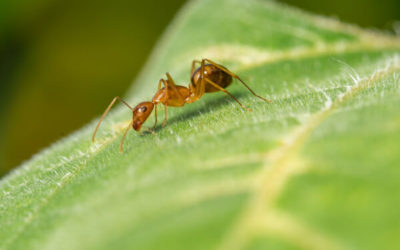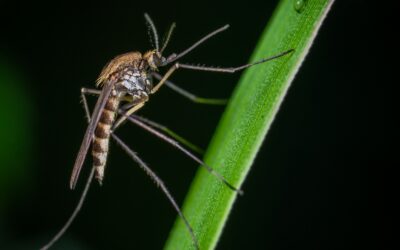
Places where pests tend to hide in
All of the seasons in Arkansas and Oklahoma have their charms–springtime is full of blooming flowers and new growth; summertime has plenty of fun in the sun; fall offers a break from the heat, and winter is the perfect time to retreat within and enjoy the warmth of home and hearth. Unfortunately, each season also brings a new set of pest concerns. In order to prevent pest problems from getting out of control, paying attention to places where pests tend to hide in, all year round, is critical. Put on your explorer hat and get to know the nooks and crannies of your house, any sheds you have on your property, the exterior of your home, and your entire yard.
Listed below are some common places where pests tend to hide inside your home; you can use this list to help you familiarize yourself with your house’s unique features and the types of pests most likely to invade your space if you aren’t careful. And don’t forget to check your yard, sheds, and garage, too!
Places where pests tend to hide–inside your home
- Dark corners of closets: Spiders and silverfish are most likely to be found in these areas
- Inside walls: Rodents, cockroaches, other mammals, ants, termites, and several other pests can all be found inside walls of human residential and commercial spaces
- Inside furniture such as dressers and chests of drawers: Silverfish and spiders are likely to be found inside wooden furniture, especially areas that aren’t used frequently.
- Inside built in cabinets and drawers, especially in kitchens and bathrooms: In addition to silverfish and spiders, ants and cockroaches can also be found inside built-in cabinets and drawers in kitchens and bathrooms, because they are attracted to the warmth, food, and water that they can find in these areas of the home.
- Near any sink or water faucet, such as in bathrooms, laundry rooms, and kitchens: Many insects are attracted to human houses for the easy access to water they can find there, so if you have any pests in your house, it’s quite likely you’ll find them near any possible water sources–don’t forget to check any pipes that may be dripping inside cabinets or under your house, too.
- Underneath and behind appliances: Because there is warmth and shelter to be found underneath and behind appliances, and often food sources by way of discarded food and crumbs, rodents, cockroaches, and ants are all attracted to appliances, especially in the kitchen.
- In attics and basements: Rodents and spiders are the most likely pests that you would find in these areas.
- Windowsills and doorways: Ants, spiders, and silverfish are likely to be found in these places as they come into a human residential or commercial space from the outdoors.
- Underneath hardwood flooring: Termites can be found lurking beneath hardwood flooring, especially if your home has a pier and beam foundation.
If you notice a pattern of pest problems, call West Termite, Pest & Lawn today.
More posts from West Termite, Pest & Lawn
Deterring Ants from Going Into Your Kitchen
Ants are among the most common household pests, and the kitchen, with its abundant food sources and moisture, is a prime target for these tiny invaders. Understanding how to deter ants from entering your kitchen involves a combination of preventative measures,...
Diseases That Rodents Can Bring
Rodents, while often small and seemingly innocuous, are significant carriers of numerous diseases that can pose serious health risks to humans. These pests, including rats and mice, thrive in various environments, often seeking refuge in human dwellings where food,...
Dealing with Mosquito Season
As the weather warms up, many of us look forward to spending more time outdoors, enjoying our yards, and hosting barbecues. However, with the arrival of summer comes the unwelcome presence of mosquitoes. These pesky insects are not just a nuisance; they can also pose...



